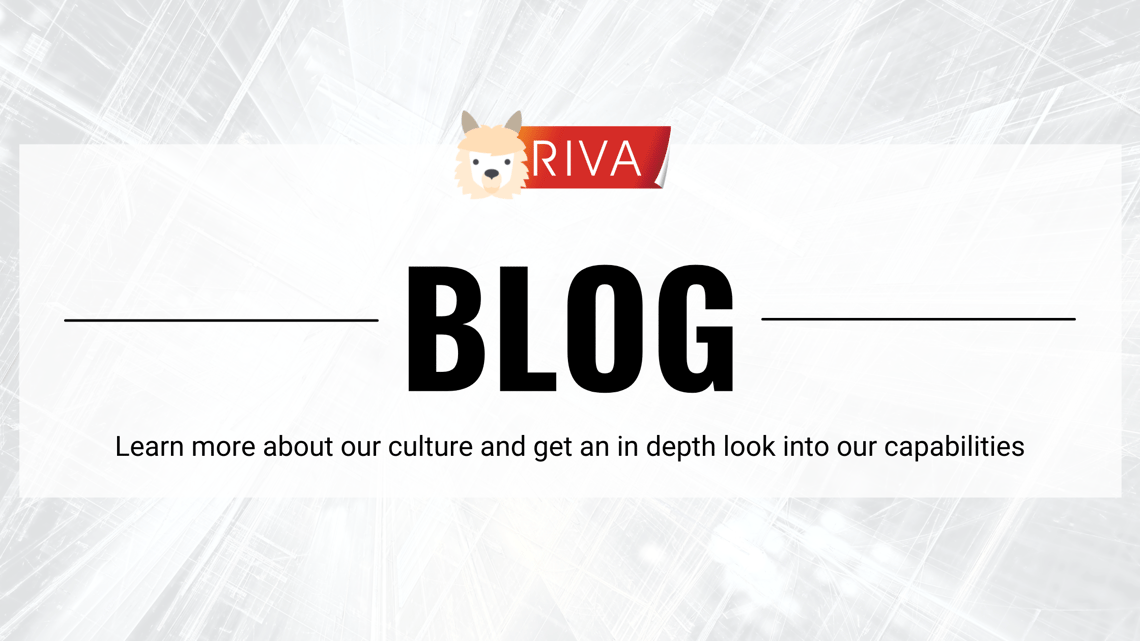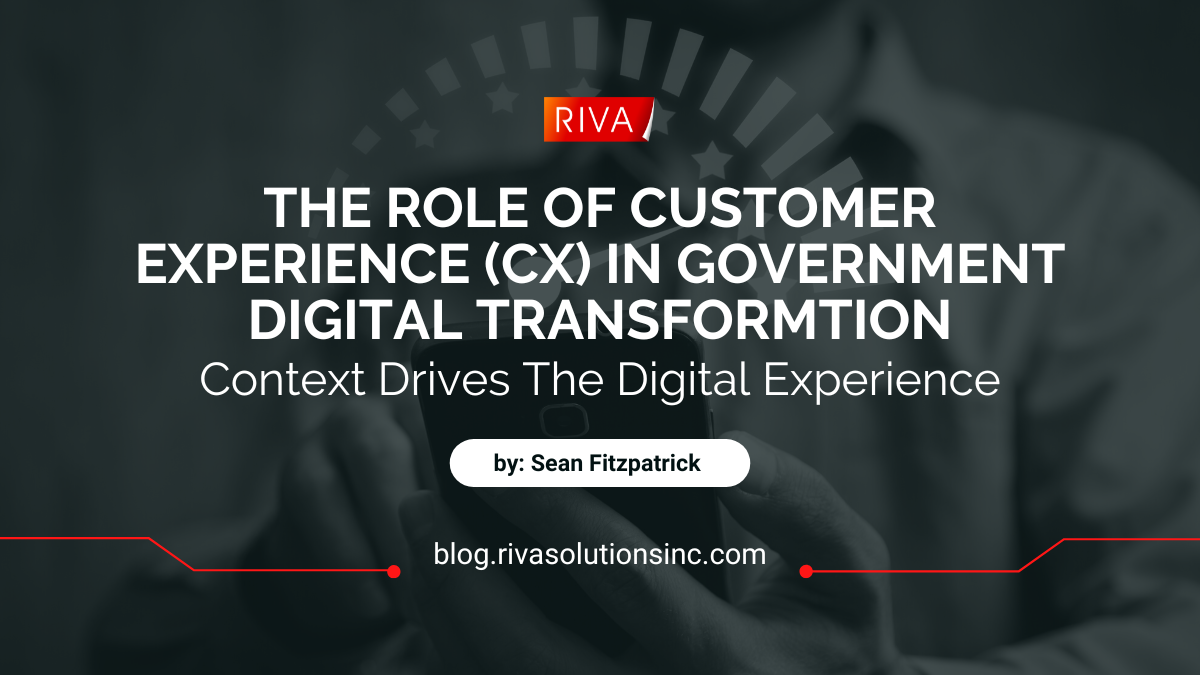With the one-year anniversary of the Executive Order on Transforming Federal Customer Experience and Service Delivery to Rebuild Trust in Government behind us, it’s a great time to take a step back and think about the impact this groundbreaking EO has —and will continue to have— on individuals supporting digital transformation efforts. At the highest-level, the notion that many leaders in the federal government understand how critical the customer experience is when delivering on their Agency’s mission, speaks volumes to how far we’ve come. The desire for positive experiences when interacting with the federal government has become so pervasive you can’t read a trade publication or attend a conference without seeing “CX” and “Human Centered Design “on the agenda. While I am biased, I truly believe this is a fantastic trend.
For those of us in the trenches of digital transformation projects, how does the broad CX movement in government impact the delivery of digital services we are designing and building? In short, understanding the entire customer experience of an interaction with the federal government provides the critical context necessary for designing digital user experiences. The Context of End-to-End Digital and Non-Digital Government CX In both commercial and federal government settings, the term CX is frequently used to describe people’s overall holistic interaction with brands, goods, and services encompassing both digital and non-digital experiences. Let’s dig into some examples.
The Context of End-to-End Digital and Non-Digital Government CX
In both commercial and federal government settings, the term CX is frequently used to describe
people’s overall holistic interaction with brands, goods, and services encompassing both digital
and non-digital experiences. Let’s dig into some examples.

In a commercial setting, let’s explore a CX interaction with a local grocery store. The customer
first views a print advertisement in the newspaper for a sale at a local grocery chain. Interested
in the sale, the user travels to a physical store to purchase groceries and checks out using digital
coupons they have on the store’s mobile app during checkout. When they get home the receive
and email with additional coupons based on their purchasing trends. This is a complete multimodal CX.

Holistic CX also applies to federal agencies. For example, consider the experience a person may
have while mailing a package using the U.S. Postal Service (USPS). The first digital experience
may be a USPS website visit to look up the location and hours of the closest Post Office. Their
next experience is physically being at the Post Office where they experience both human and
non-human interactions as they hand over a package for shipping and pay for postage.
Customers may have another USPS website digital experience visiting the website to track their
package, and potentially another experience on the phone with a USPS call center if the
package is delayed or an issue arises.
For many federal digital transformation solution providers, like RIVA, our contracts are focused
on an individual’s digital interactions with an agency, but digital is sometimes only half the
experience. We believe an understanding of the broad, end-to-end digital and non-digital CX
provides critical context for designing highly usable digital experiences.
Human Centered Design (HCD): A Strategy for Digital User Experience (UX) Design Execution
Human Centered Design (HCD) is our overarching methodology for digital user experience
strategy, execution, and continuous improvement. While HCD is a fantastic methodology for
designing both digital and non-digital services, at RIVA we use HCD to focus on the people who
use our digital solutions in the context of holistic customer experience. We use HCD as our
process for designing and developing human-centric digital experiences by putting the wants,
needs, and limitations of the end-user at the focal point of design and development. HCD as a
component of digital transformation for us means:
- Discovering user needs through immersive and ongoing user research on the end-to-end customer experience
- Documenting findings and experiences to foster a common understanding for our
integrated digital delivery teams - Designing digital user experiences (UX) to meet user needs—based on user research
Testing and validating usability of UX designs through usability evaluation - Collecting ongoing user feedback data to iteratively improve digital experiences
Summary: Context of the Holistic Customer Experience is Critical for Digital User Experience
The mandate to improve CX with federal agencies continues to be a positive driver of service
evolution in government today. We believe using HCD methods to discover the end-to-end
customer experience and to set a strategy for digital user experience execution should be at the
heart of every digital delivery approach and powers successful digital transformation. If you’re
interested in learning more about how to leverage HCD to improve federal CX throughout
digital transformation efforts, reach out!
Stay tuned for my next blog, a deeper dive into RIVA’s HCD methods for customer experience
discovery and planning design strategies for digital transformation experiences.



Leave Comment